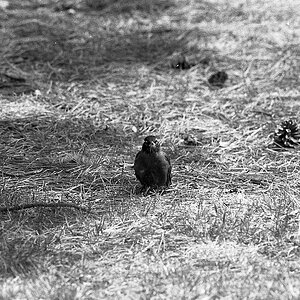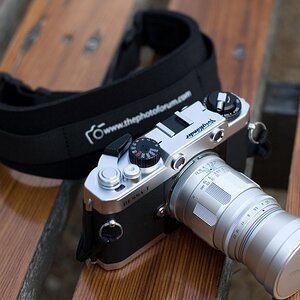JohnBoy
TPF Noob!
- Joined
- Apr 4, 2011
- Messages
- 17
- Reaction score
- 2
- Location
- Australia
- Can others edit my Photos
- Photos NOT OK to edit
Long time since I've been here - must visit more often. I agree that it is reasonable for the instructor to insist on a fixed ISO when teaching studio photography but I just wonder why 100 and not 200. I've yet to use a digital camera that produces better image quality at 100 than at 200; after all their sensors do not behave like film and 200 seems to be the "natural speed" of most sensors. With modern studio lights offering a minimum power setting of at least 1/32nd, I can't see that anyone would often need 100 ISO even to achive minimum DOF with very fast lenses wide open. As you would guess, I don't use ISO 100 and I do a lot of studio work under flash.



![[No title]](/data/xfmg/thumbnail/37/37127-bf1c0cde30f216dbd2804a0e700d6433.jpg?1619737884)
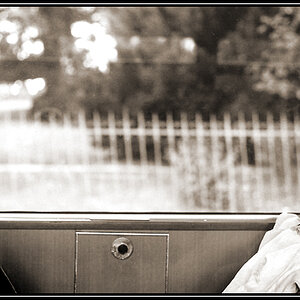
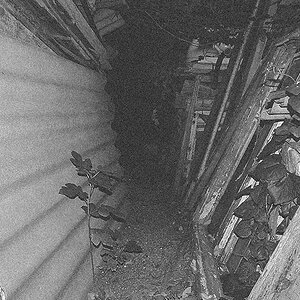
![[No title]](/data/xfmg/thumbnail/37/37603-739c5d9b541a083a12f2f30e45ca2b7b.jpg?1619738147)
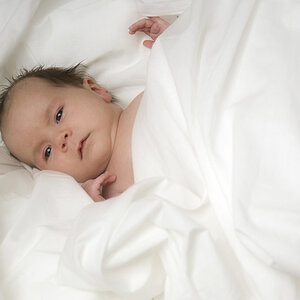
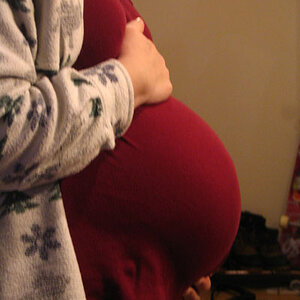
![[No title]](/data/xfmg/thumbnail/34/34556-60d61b1903f6554f7373cddfe5823280.jpg?1619736550)


